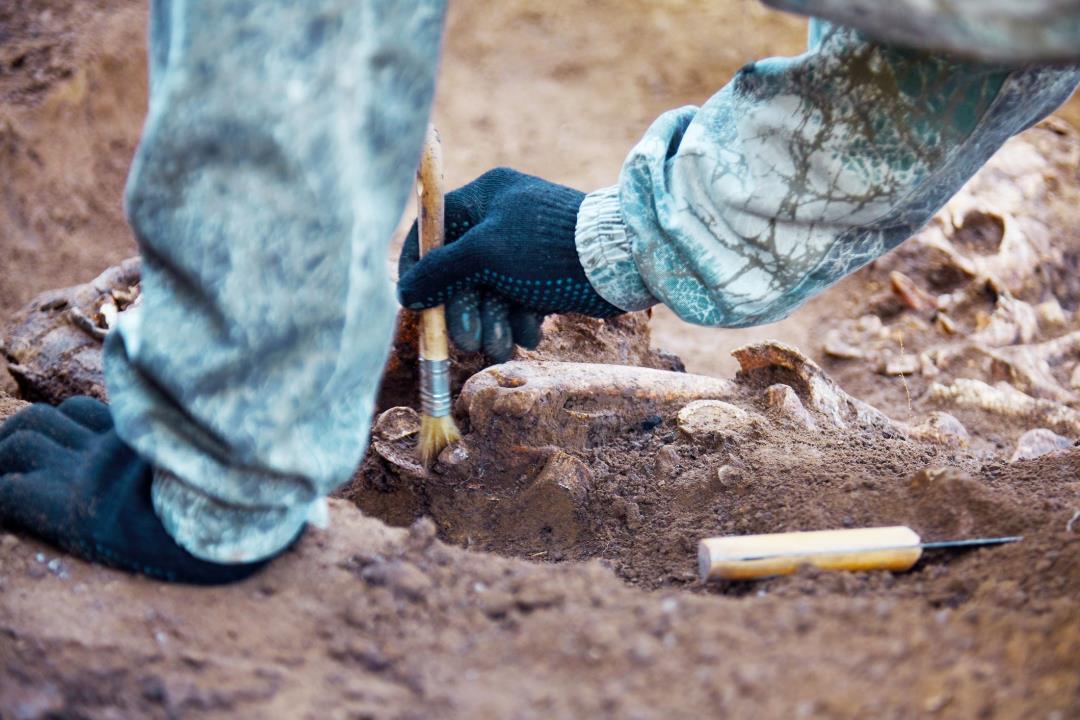“Ravioli, pierogi, empanada… What do you see?” NASA said on its Instagram page.

It’s been six years since the closest images of Saturn’s innermost moon were captured, but last week may have been the first time that many saw photos of the oddly shaped celestial body when NASA shared them on Instagram.
And many couldn’t help but notice the resemblance between the moon known as Pan and some well-known food dishes.
“Ravioli, pierogi, empanada… What do you see?” NASA said on its Instagram page in a post accompanied by two images depicting different angles of the moon. “No wrong answers.”
Many commenters agreed that Pan does indeed resemble one of those three foods, but others were more creative in their interpretation.
“It’s a Koopa shell,” one user said, referencing the turtle-like race of characters from the Super Mario franchise.
“A macaron with the cream squishing out,” commented another.
The photos were taken in 2017 during the Cassini spacecraft’s closest encounter yet with Pan, NASA said on Instagram, “improving the level of detail seen on the little moon from previous observations.”
Queen guitarist helps NASA: How Brian May helped NASA return its first asteroid sample to Earth
Closest images captured in 2017 after Pan discovered in 1990
The two images that NASA shared show how Cassini’s perspective changed as it passed within 15,300 miles of Pan on March 7, 2017.
The views show the northern and southern hemispheres of Pan on its trailing side, which is the side opposite the moon’s direction of motion as it orbits Saturn.
The distinct-looking moon was first imaged in 1981 by Voyager 2, but it wasn’t until 1990 that Mark R. Showalter, a senior research scientist at the SETI Institute, analyzed the old probe photos and officially discovered the celestial object, according to NASA.
Record spaceflight: Astronaut Frank Rubio spent a record 371 days in space. The trip was planned to be 6 months
How do scientists explain Pan’s unique shape?
Pan, like Saturn’s other moon Atlas, has a prominent ridge along its equator that gives it a distinctive flying saucer shape that others have also compared to a walnut.
The thin ridge around Pan’s equator is thought to have come after the moon formed.
Cassini imaging scientists think that Pan formed within Saturn’s rings, with ring material accreting onto it and forming the rounded shape of its central mass. Scientists believe that Pan has a core of icy material that is denser than the softer mantle around it.
Because of Pan’s weak gravity, the ring material simply settled onto it and continued building up rather than flattening as it would on larger bodies, according to NASA.
NASA UFO report: How NASA hopes to shift UFO talks ‘from sensationalism to science’
How did Pan get its name?
Moons of Saturn were originally named for Greco-Roman Titans and descendants of the Titans.
But because Saturn has 146 moons, scientists eventually had to begin selecting names from more mythologies. The Greek god of nature and the forest known as Pan is a satyr, which is a a creature resembling a man with the hind legs and hooves of a goat.
Eric Lagatta covers breaking and trending news for USA TODAY. Reach him at [email protected]

Daisy Hips is a science communicator who brings the wonders of the natural world to readers. Her articles explore breakthroughs in various scientific disciplines, from space exploration to environmental conservation. Daisy is also an advocate for science education and enjoys stargazing in her spare time.







:max_bytes(150000):strip_icc()/The-Best-Tea-for-Bloating-According-to-Dietitians-d9976f3ad6e44f88ae2efecd50b96fa9.jpg)